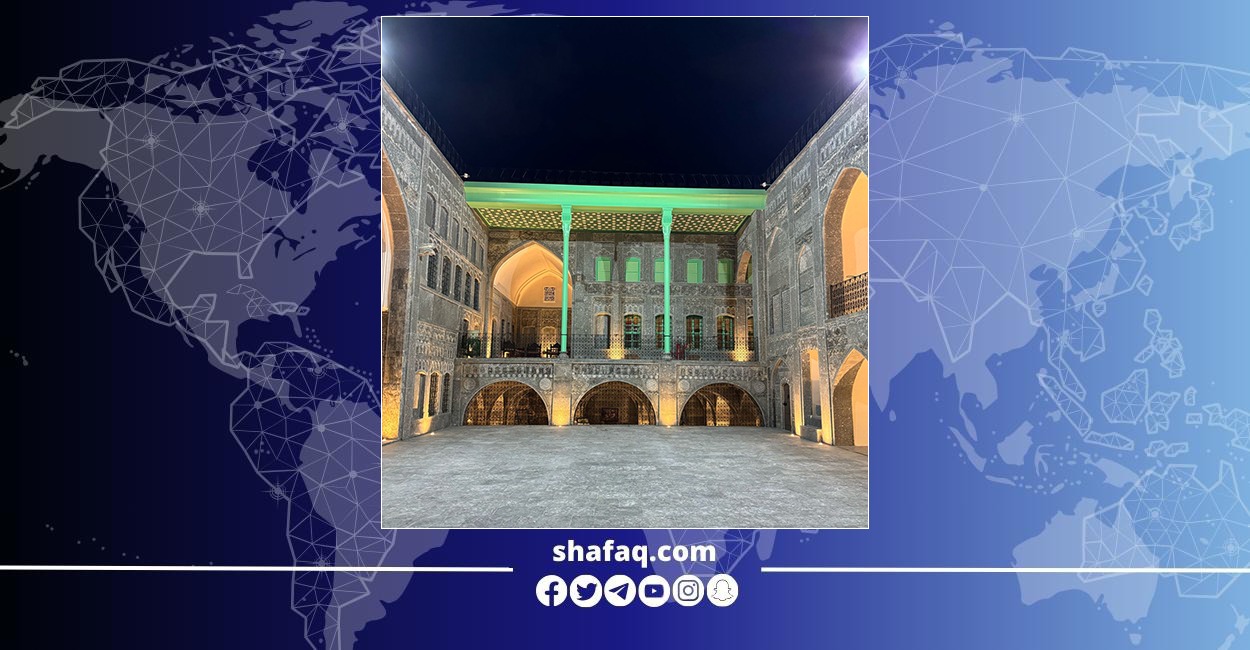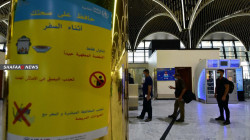Mosul celebrates reopening of Tutunji House

Shafaq News/ The city of Mosul, the capital of Nineveh, has celebrated the reopening of the historic Tutunji House, welcoming visitors from across Iraq.
The Ministry of Culture, Tourism, and Antiquities has officially declared the reopening, distributing invitation cards throughout the city to welcome visitors from Mosul and other governorates in Iraq warmly.
The ministry invites everyone to "appreciate the architectural marvels of this heritage palace, with a history dating back to 1817 AD."
Last Thursday, Nineveh Governorate unveiled the reopening of the Tutunji House after undergoing rehabilitation.
The Director-General of the Directorate of Research and Archaeological Excavations, Prof. Ali Obeid Shalgham, declared the completion of the restoration during the opening ceremony.
Tutunji House, constructed between 1808 and 1817, is a remarkable representation of a late Ottoman central courtyard house adorned with opulent marble bas-reliefs. These intricately carved reliefs symbolize the city's rich history as a thriving hub of international trade. Acquired SBAH in 1981, the house underwent recent renovations just before falling under the control of Daesh in 2014. During the occupation, Daesh repurposed the building as an explosive factory, causing substantial damage. The structure faced near destruction before the liberation of Mosul in 2017.
Collaborating closely with the SBAH and Mosul University, the University of Pennsylvania led efforts to restore this iconic house.
Mosul's earliest-constructed mosque, the Al-Masfi, was also reopened after extensive reconstruction efforts to rectify the damages inflicted during the conflict with the ISIS organization.
The Al-Masfi Mosque also recognized as the Umayyad Mosque, was erected shortly after the Islamic conquest of the city in 638 CE. While the current structure traces its origins to the 19th century, it derives its name from Al-Haj Mohammed Musfa Al-Thamarab, a prosperous benefactor who financed its reconstruction in 1847.
In collaboration with the State Board of Antiquities and Heritage (SBAH) of Nineveh and the Waqf authorities, a team of French experts led by La Guilde Europeenne du Raid, with support from the French Institut National du Patrimoine, undertook the mosque's rehabilitation.
The rehabilitation project aligns with the Mosul Mosaic initiative, dedicated to safeguarding the cultural heritage of Mosul, particularly its religious diversity.
After capturing Mosul in mid-2014, ISIS unleashed a wave of unprecedented destruction of cultural heritage.
The terrorist group deliberately targeted many of Mosul's most sensitive and important cultural sites, including the Mosul Museum, the ancient archaeological site of Nineveh, the Great Mosque of al-Nuri, and al-Habda Minaret.
In response to the widespread destruction of heritage sites, the international community has initiated multimillion-dollar initiatives to reconstruct the city's cultural heritage.





